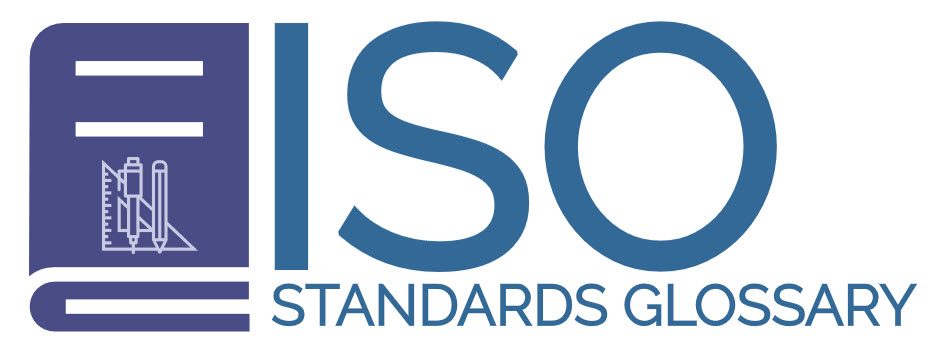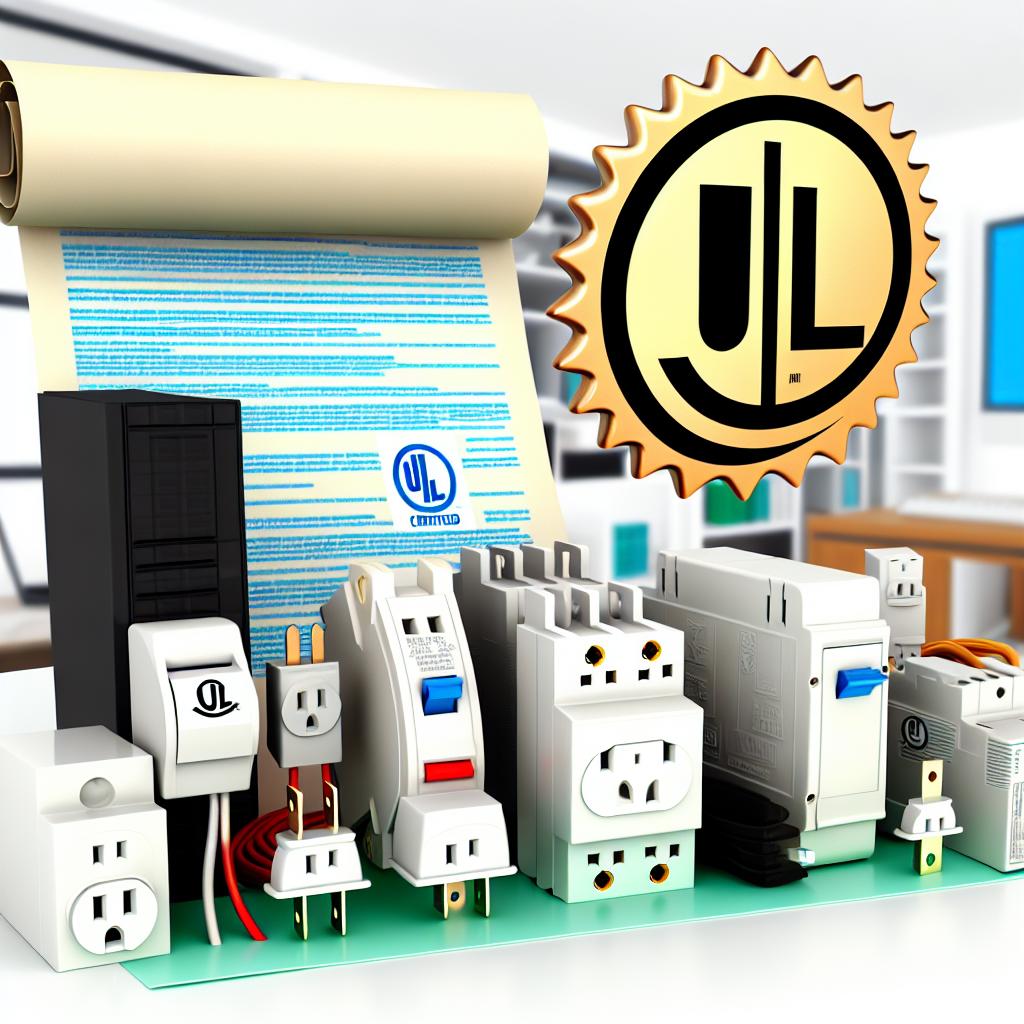What is UL Certification?
Understanding UL Certification is crucial for manufacturers, retailers, and consumers dealing with electrical products. UL, or Underwriters Laboratories, is an independent safety certification organization that rigorously tests products to ensure they meet established safety standards. Its main focus is on enhancing public safety and enabling the safe adoption of innovative products.
The Importance of UL Certification
For electrical products, UL Certification serves as a benchmark of quality and safety. It reassures consumers that a product has undergone stringent testing and complies with industry standards. This certification can offer manufacturers a competitive edge in the market and build consumer trust.
Compliance and Regulation
UL-certified products demonstrate compliance with specific safety standards which can vary by industry sector and geographic region. In many jurisdictions, regulatory bodies recognize UL Certification as a mark of compliance with safety standards, simplifying the product approval process.
Innovation and Safety
UL is also involved in crafting new safety standards for emerging technologies. They work closely with governmental bodies, industry groups, and other stakeholders to develop guidelines that keep pace with technological advances while maintaining a high level of safety.
How UL Certification Works
Obtaining UL Certification involves several steps, starting with submitting a product sample for evaluation. The organization assesses various aspects of the product, such as electrical safety, fire hazards, and environmental impact. Once a product passes all tests, it receives the UL mark, indicating that it meets all relevant safety standards.
The UL Mark
The UL mark encompasses a variety of logos, each indicating different types of testing and certification. It’s essential for manufacturers to understand these distinctions to ensure their products are appropriately labeled. The presence of this mark is crucial for manufacturers wanting to export products, as many international markets recognize and require UL Certification.
Continued Compliance
UL continues to test products even after they have been certified. This ensures ongoing compliance with the latest safety standards. Manufacturers may be required to provide regular updates on materials and production changes and submit additional samples for testing if necessary.
Benefits of UL Certification for Manufacturers and Consumers
For manufacturers, UL Certification can streamline the process of entering new markets, assist in meeting regulatory requirements, and enhance brand reputation. For consumers, it provides a level of assurance about the safety and reliability of a product, making it an essential consideration during the purchasing process.
The Role of Underwriters Laboratories
Underwriters Laboratories, founded well over a century ago, has garnered a reputable standing as a leader in safety certification. The organization’s history is deeply intertwined with technological progress, and it has been instrumental in setting standards for a wide range of products. The credibility of UL is based on its extensive experience and meticulous approach to testing and certification.
Historical Perspective
Originating in the United States, UL has expanded its reach to a global scale. Initially focused on fire safety, the organization has evolved to encompass a comprehensive set of services, including the evaluation of electrical, mechanical, and environmental safety. Over time, it has adapted to the changing landscape of technological advancements, thereby ensuring that safety standards remain robust and applicable.
Global Recognition and Acceptance
Today, the UL mark is recognized and respected worldwide. It acts as a universal symbol of product safety that is understood across different cultures and regulatory environments. As international trade continues to expand, the presence of the UL mark can significantly ease a product’s entry into foreign markets, where it is often a prerequisite for compliance.
Step-by-Step Process of UL Certification
The journey towards obtaining a UL Certification begins with the manufacturer initiating contact with UL. This starts the process of stringent assessments which are both thorough and multilayered. Manufacturers submit detailed documentation along with their product samples. This documentation often includes technical details, specifications, and proposed uses of the product.
Testing and Evaluation
Once UL receives a product sample, it goes through a rigorous testing process. The features under scrutiny can include electrical characteristics, resistance to fire, and operational integrity under different conditions. The product may also be evaluated for its longevity and environmental impact. Each test is designed to uncover potential hazards that could risk consumer safety.
Corrective Measures and Compliance
In cases where a product does not initially meet UL’s standards, feedback is provided to the manufacturer, identifying areas needing improvement. The manufacturer can then make necessary adjustments. This iterative process may continue until the product satisfies all certification requirements, at which point the product is awarded the UL mark.
Maintaining Certification
Obtaining the UL mark is not the end; rather, it is an ongoing commitment to safety and quality. Products are subject to regular inspections to ensure continued adherence to standards. Any significant changes in design, materials, or manufacturing processes typically require re-evaluation, maintaining a cycle of continuous improvements and adaptations to new safety standards.
Strategic Advantages of UL Certification
The strategic advantages for manufacturers who achieve UL Certification can be substantial. From facilitating smoother entry into new markets to enhancing brand trust, the certification opens pathways that may otherwise be fraught with regulatory barriers.
Market Expansion
For manufacturers looking to expand into untapped regions, UL Certification can significantly simplify the process. Many countries recognize UL as a reliable standard, which helps streamline the compliance phase and access to new markets without the long bureaucratic delays commonly associated with safety testing and certification.
Boosting Brand Image
Being UL certified can enhance a brand’s reputation, signaling to consumers that the company prioritizes safety and quality. This can be particularly beneficial in crowded markets where differentiation is crucial. Brands that display the UL mark gain the confidence of consumers who rely on third-party certifications to make informed purchasing decisions.
Consumer Peace of Mind
Consumers benefit from a discernible assurance when purchasing products that bear the UL mark. It empowers them to make informed decisions, knowing that the products they buy have passed rigorous safety evaluations. This, in turn, builds consumer loyalty and is an influential factor in purchasing behavior, resulting in benefits not just for the consumer but also driving long-term benefits for the manufacturer.
Conclusion
UL Certification plays a pivotal role in today’s globalized economy and rapidly evolving technological landscape. For manufacturers, it means easier access to markets, proven compliance with safety norms, and increased consumer trust. For consumers, it ensures safety and performance reliability, making it an indispensable element in the decision-making process when buying electrical and electronic products. As innovations continue to transform industries, the role of UL in ensuring public safety and defining safety benchmarks remains as vital as ever. For further details on UL Certification, one can visit the official UL website.

